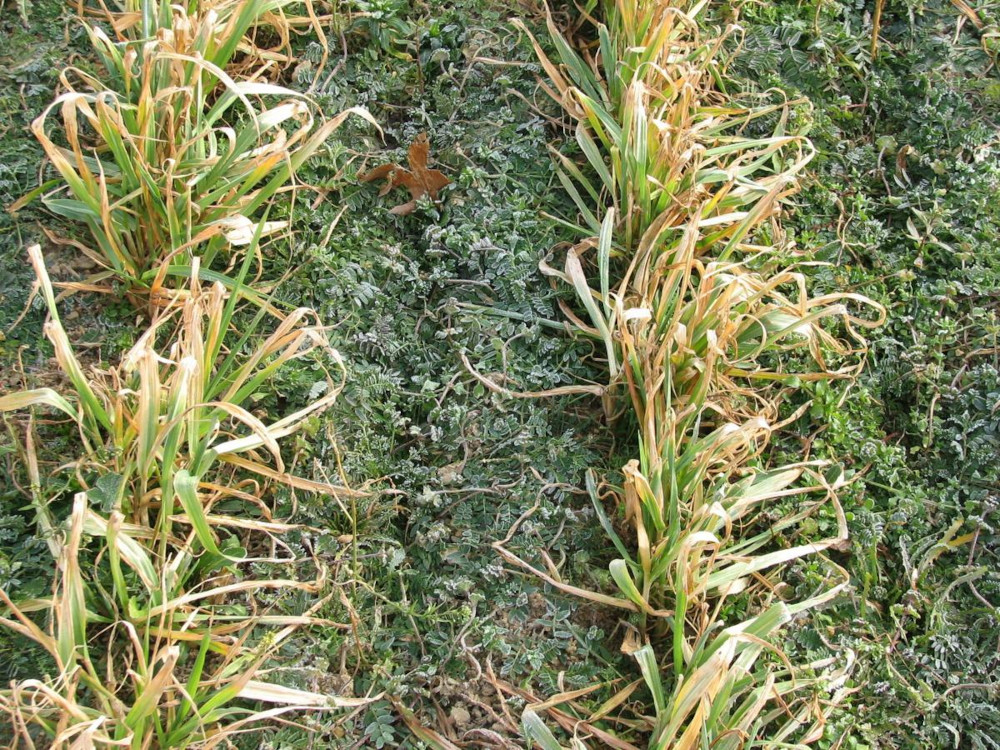Missouri farmers embrace cover crops with federal and state assistance

Published: August 6, 2021
Category: Regenerative Agriculture
Cover cropping is known to prevent soil erosion and create efficient water cycles, and Missouri farmers are seeing the benefits.
The 2017 Census of Agriculture highlighted cover crops as the third most planted crop in the state. Cover crop acreage has doubled in five years, to 850,000 acres.
Corn and soybean farmer John Hemme cites the real “economic and agronomic benefit” to farmers—for four years, he has been investing dollars and perfecting the art of cover cropping. He saves $70 an acre (less herbicide, plus cattle feed from the grain) while gaining natural weed protection and pest prevention.
David Doctorian, U.S. Department of Agriculture Natural Resources Conservation Service soil specialist, said cover crops soon pay for themselves. “Once producers have an opportunity to use the concepts, the principles…they rarely need any support… because it makes sense financially.”
Hemme has received an additional $30 from the Department of Natural Resources and $5 an acre on his crop insurance premiums from the USDA.
Beyond profits, benefits include long-term soil health, mitigation of flood or drought risk and yield size and quality.
Missouri’s DNR and the USDA’s Natural Resource Conservation Service both run cost-share incentive programs to assist transition to cover crops.
Small farmers dominate regenerative agriculture practice, but over 60% of Missouri cropland is occupied by 1000+-acre farms whose soil impact is mounting. Rebuilding an inch of topsoil can take hundreds of years, so Hemme is eager to share his experience to end ongoing soil degradation.
Source: Aurora Advertiser
To view source article, visit:
Organic & Non-GMO Insights August 2021




